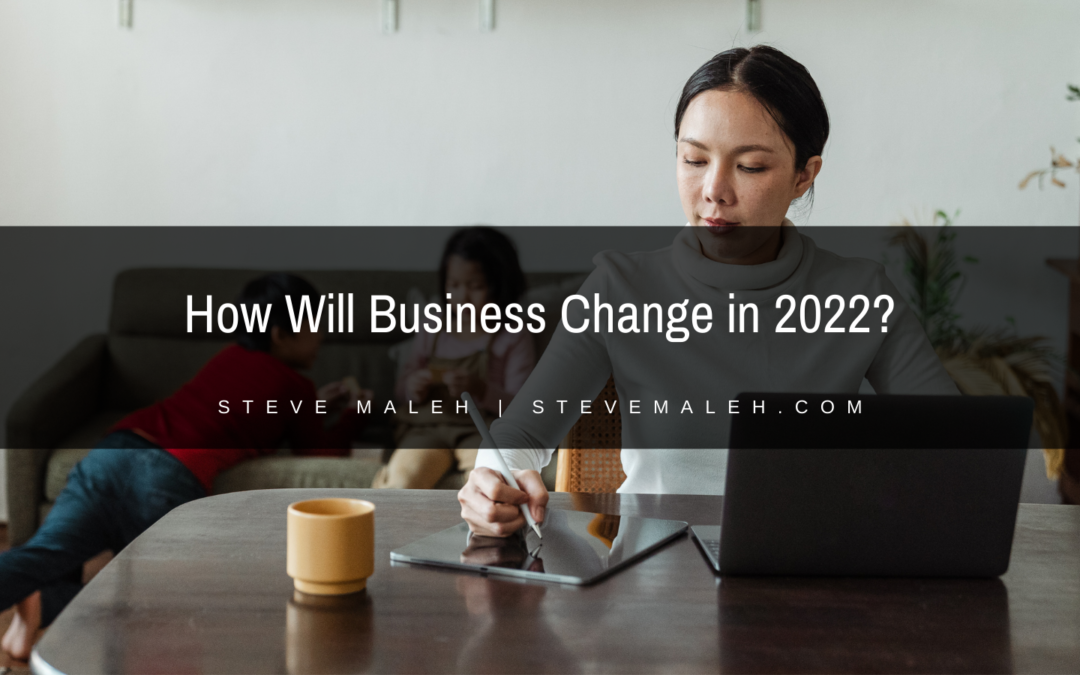Businesses have seen a lot of changes over the last couple of years, primarily due to the continued impact of the COVID-19 pandemic. Moving into 2022, as many are hopeful that COVID-19 slowly begins to disrupt day-to-day life a little bit less, there are quite a few changes expected to take place for businesses settling into new rhythms and expectations. Below are just a few examples.
Changes in Compensation Structure
Fair compensation has been a big topic of discussion in recent years. With increasing inflation, many states that still have low minimum wages, and long-time employees frustrated by their lack of compensation compared to sign-on bonuses for new hires, there is a lot to cover here. In 2022, employers will have to reevaluate their compensation structures, ensuring they are paying their employees a fair living wage, remaining competitive in their industries, and ensuring they don’t forget about their existing employees when offering incentives to new hires.
Health and Wellness Policies
Several years ago, most employees still felt obligated to go to work while fighting minor illnesses. Now, health and wellness policies are being expanded to discourage this. This encompasses a broad range of changes–from offering more paid sick leave and adding mental health days to vaccine mandates and testing requirements, employers will be investing a lot of thought into how they care for their employees.
Increasing Focus on Flexibility
Many businesses were forced to learn how to function remotely during pandemic shutdowns. With the shift to remote working, many employees came to value the ability to work from home and the flexibility many companies provided. While remote working isn’t possible for every position, it is becoming an expected option in many industries, with many companies operating on a hybrid model. Employees have come to expect flexibility, and businesses will need to learn to accommodate that if they want to retain employees and attract new hires.
Higher Turnover Rates Becoming Standard
Another unexpected side effect of remote working has been high turnover rates. While there have certainly been other factors contributing to what people have called the Great Resignation, a couple of examples are the lack of social ties formed during remote work and the expanded job field now that people don’t have to be limited geographically. Businesses will have to learn to deal with higher turnover rates, at least for the time being and put some thought into how they will promote employee retention in a remote setting.
